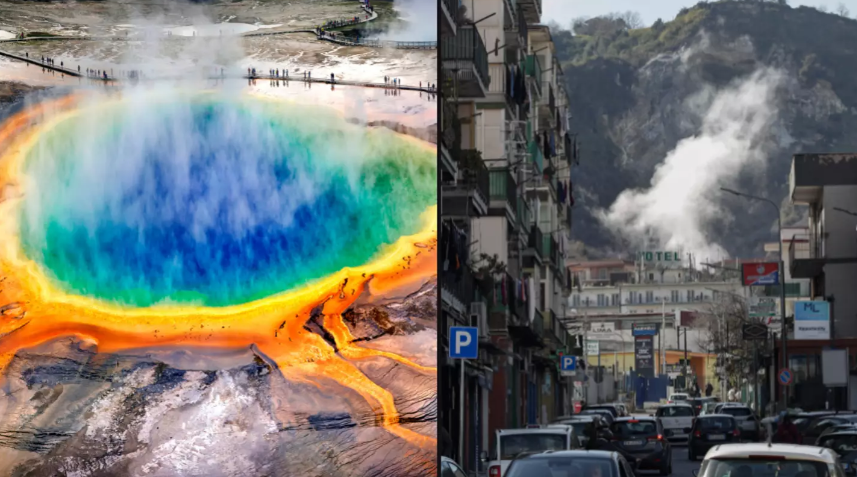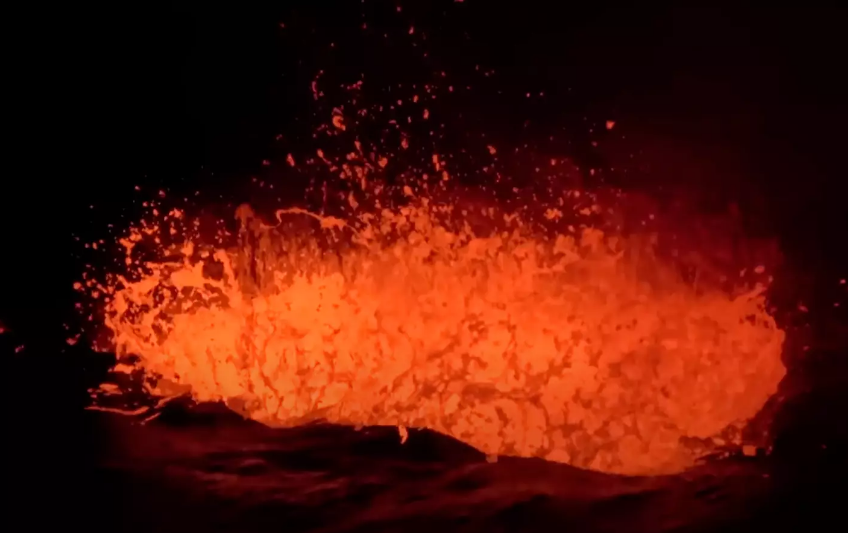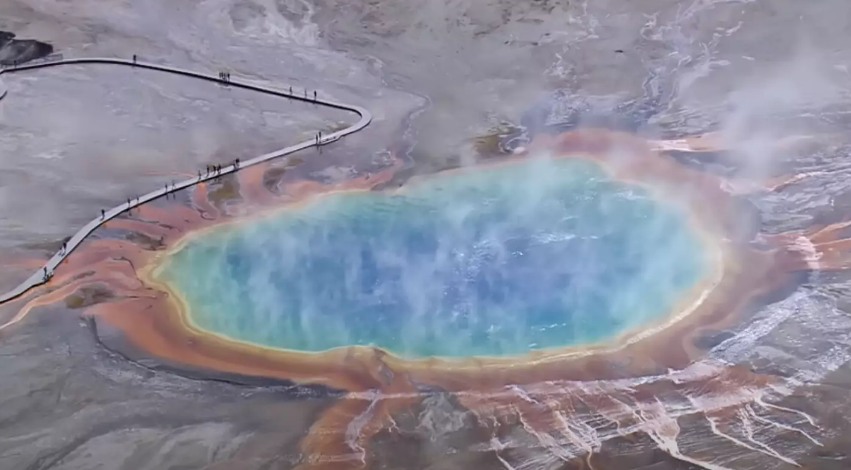What Could Happen When One of the World's 14 Supervolcanoes Erupts
The Potential Impact of Supervolcano Eruptions: What Could Happen When One of the World's 14 Supervolcanoes Erupts
When we think of volcanoes, we often imagine fiery eruptions and lava flows, but there's a category that takes it to a whole new level - supervolcanoes. These giants on the volcanic explosivity index (VEI) pack a serious punch, with a rating of 8, the highest recorded value. Despite there being only 14 known supervolcanoes worldwide, just one eruption could have unimaginable consequences for our planet.
So, What Exactly is a Supervolcano?
A supervolcano, with its VEI of 8, has the potential to unleash an eruption with profound effects on the global climate and ecosystem. It's a different league altogether compared to your average volcano.
Do We Need to Worry in the UK?
Fortunately for us in the UK, we don't have to lose sleep over supervolcanoes. While we do have some impressive geological features like Arthur's Seat, Snowdonia, and Castle Rock, they're very much dormant.
When Was the Last One?
The most recent supervolcano eruption, according to the National History Museum, was New Zealand's Taupō volcano, a staggering 26,500 years ago. Safe to say, no one around today has witnessed such an event.
The Impact of a Supervolcano Eruption
To get an idea of the devastation, we can look at the 1815 eruption of Mount Tambora, which clocked in at a VEI of 7. Brace yourself for the sobering details.
Direct volcanic effects claimed an estimated 10,000 to 11,000 lives. Tragically, an additional 49,000 to 90,000 perished from post-eruption famine and epidemic diseases in Sumbawa, Lombok, and Bali. The following year saw reduced global temperatures, leading to widespread famine in various regions. It's a grim picture, to say the least.
Insights from the Experts
Dr. Katie Reeves, a teaching fellow at the University of Warwick, sheds light on what we might expect from a supervolcano eruption. These catastrophic events can result in what are known as 'supereruptions,' as seen in places like Yellowstone, Taupo, and Toba.
"Due to the interconnected nature of the climate and Earth system, the effects following a supereruption would be far-reaching," Dr. Reeves explains. "We'd see a drop in global temperatures of 1-3 degrees Celsius within six months, lasting five to ten years. This would spell trouble for agriculture, with reduced sunlight reaching crops and extreme weather events like frosts and droughts becoming more common."
The impacts wouldn't stop there. Major climate patterns such as El Niño and monsoons could be thrown off course, affecting millions. Water security would take a hit too, with 5-10 percent less rainfall to rely on.
In today's world, there are additional concerns, especially for air travel. Dr. Reeves notes, "This has major implications for air travel, as we saw with the much smaller eruption of Eyjafjallajökull in Iceland in 2010." These supereruptions may also release sulfur gases into the stratosphere, creating sulfuric aerosols that scatter incoming radiation and temporarily cool the climate, known as a 'volcanic winter.'
%20(5).png)










